Kia EV9 vs Mercedes EQB – Differences & prices compared
Compare performance, boot space, consumption and price in one view.
Find out now: which car is the better choice for you – Kia EV9 or Mercedes EQB?
The Kia EV9 (SUV) comes with a Electric engine and Automatic transmission. In comparison, the Mercedes EQB (SUV) features a Electric engine with Automatic transmission.
When it comes to boot capacity, the Kia EV9 offers 333 L, while the Mercedes EQB provides 495 L – depending on how much space you need. If you’re looking for more power, decide whether the 508 HP of the Kia EV9 or the 292 HP of the Mercedes EQB suits your needs better.
In terms of consumption, the values are 19.50 kWh per 100 km for the Kia EV9, and 15.20 kWh for the Mercedes EQB.
Price-wise, the Kia EV9 starts at 53100 £, while the Mercedes EQB is available from 45900 £. Compare all the details and find out which model fits your lifestyle best!
In the battle of electric SUVs, the Kia EV9 emerges as a bold contender against the Mercedes EQB, offering a striking design and a spacious interior. With its impressive range and advanced tech features, the EV9 presents a compelling case for families seeking both style and functionality. Meanwhile, the EQB maintains Mercedes' reputation for luxury, providing a refined driving experience and a premium cabin that caters to discerning buyers.
Kia EV9
The Kia EV9 represents a bold step forward in the automotive world with its distinctive design and futuristic appeal. This all-electric SUV promises to provide a spacious and comfortable cabin experience, making it ideal for families and long journeys. With its emphasis on sustainability and advanced technology, the EV9 aims to redefine the standards for electric vehicles in its category.
details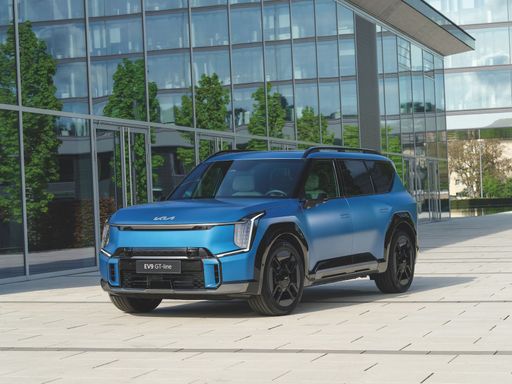 @ press.kia.com
@ press.kia.com
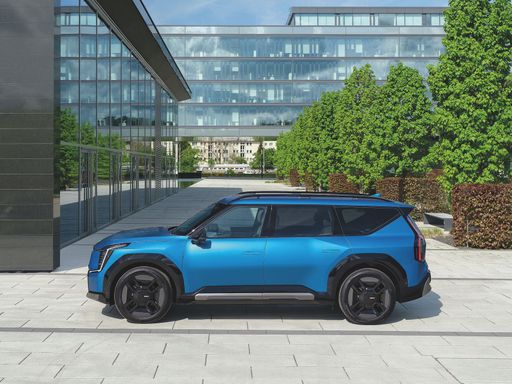 @ press.kia.com
@ press.kia.com
 @ press.kia.com
@ press.kia.com
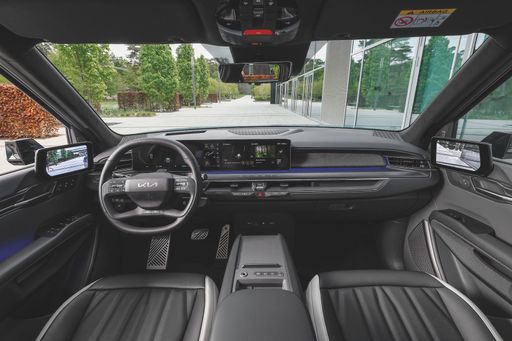 @ press.kia.com
@ press.kia.com
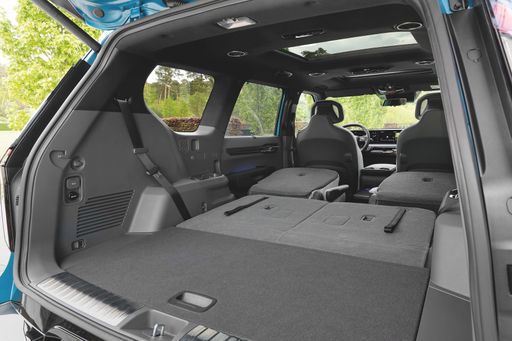 @ press.kia.com
@ press.kia.com
Mercedes EQB
The Mercedes-Benz EQB is an all-electric compact SUV that seamlessly blends practicality with modern luxury. Its sleek design and spacious interior make it an attractive option for families seeking both style and function. With advanced technology and impressive range capabilities, the EQB is a testament to Mercedes-Benz's commitment to sustainable mobility.
details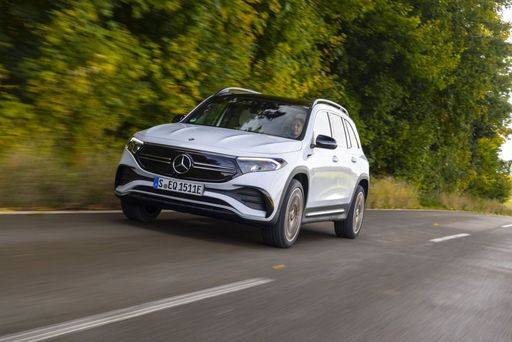 @ group-media.mercedes-benz.com
@ group-media.mercedes-benz.com
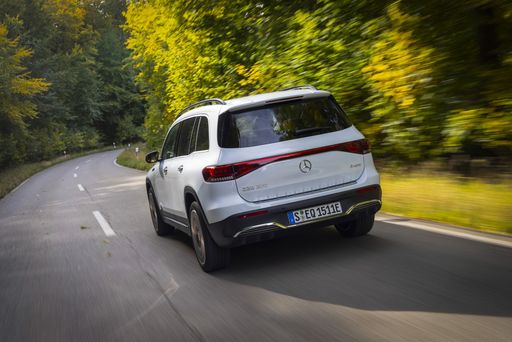 @ group-media.mercedes-benz.com
@ group-media.mercedes-benz.com
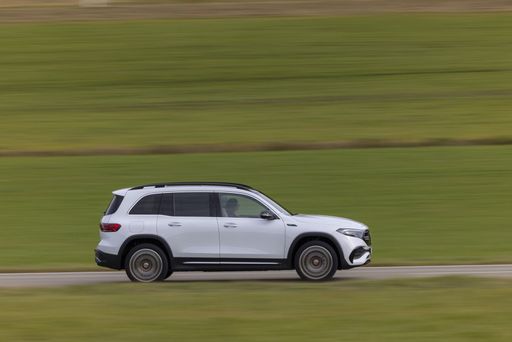 @ group-media.mercedes-benz.com
@ group-media.mercedes-benz.com
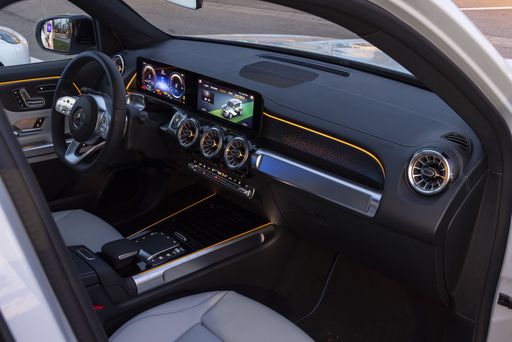 @ group-media.mercedes-benz.com
@ group-media.mercedes-benz.com
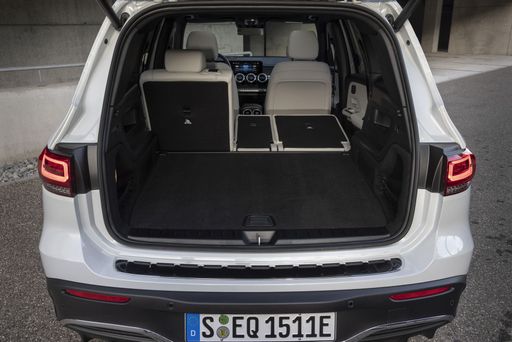 @ group-media.mercedes-benz.com
@ group-media.mercedes-benz.com
Introduction: The Electrifying Showdown
The surge in electric vehicle (EV) popularity has sparked fierce competition in the automotive market, particularly in the SUV segment. Today, we pit two titans against each other: the Kia EV9 and the Mercedes EQB. While both vehicles boast impressive technological innovations and sustainability credentials, they cater to slightly different audiences. Let’s dive into a detailed comparison of these electric powerhouses!
Technical Specifications Overview
Beneath the sleek exteriors of the Kia EV9 and Mercedes EQB lies a treasure trove of technical specifications that define their performance and capabilities. The Kia EV9 showcases two prominent variants with choices in battery capacity and power output, tapping into both rear-wheel and all-wheel drive systems. Conversely, the EQB features a more conventional layout with front-wheel and all-wheel drive options, delivering competitive power figures.
Power and Performance
The Kia EV9 rises to the challenge with impressive power output ranging from 204 HP in its base model to a staggering 385 HP in the top-tier variant. With torque figures peaking at 700 Nm, the EV9 offers rapid acceleration capabilities, clocking 0-100 km/h in as little as 5.3 seconds. On the other hand, the Mercedes EQB, while slightly less powerful, offers performance that suits daily commuting, with outputs from 190 HP to 292 HP and a brisk acceleration of 0-100 km/h in 6.2 seconds.
Both vehicles feature automatic transmissions paired with reduction gearboxes for optimized performance. However, the Kia EV9's maximum speed reaches 200 km/h, while the EQB is capped at a lower 160 km/h, reflecting the Kia's sportier aspirations.
Range and Efficiency
Range anxiety is a common concern among EV buyers, but both the Kia EV9 and Mercedes EQB excel in this area. The EV9 offers an impressive electric range of up to 563 km with its larger battery capacity of 99.8 kWh, whereas the EQB delivers a more modest range of up to 533 km with its maximum battery option of 70.5 kWh.
In terms of consumption, the EQB takes the lead in efficiency with figures as low as 15.2 kWh/100 km. The Kia EV9, while slightly less efficient with 20.2 kWh/100 km in its base version, still maintains a competitive edge in the market.
Design and Dimensions
From a design perspective, both SUVs exude sophistication and modernity, appealing to buyers seeking style and functionality. The Kia EV9 measures 5010 mm in length, 1980 mm in width, and 1755 mm in height, making it a spacious option for families. In comparison, the Mercedes EQB is more compact, measuring at 4684 mm in length, 1834 mm in width, and 1654 mm in height. Despite its smaller stature, the EQB impresses with a trunk capacity of 495 liters, overshadowing the EV9’s 333 liters.
Interior and Technology
Inside, both vehicles promise a blend of comfort and cutting-edge technology. The Kia EV9 can accommodate up to seven passengers, making it an excellent choice for larger families, while the EQB offers seating for five. Each model integrates advanced infotainment systems and driver assistance technologies, meeting the demands of the modern driver.
The Mercedes EQB dazzles with a refined interior ambiance, showcasing premium materials and state-of-the-art features synonymous with the Mercedes brand. Meanwhile, the Kia EV9 excels with its smart layout and emphasis on user-friendly interfaces, particularly appealing to tech-savvy families.
Conclusion: Which One to Choose?
Choosing between the Kia EV9 and Mercedes EQB ultimately boils down to individual preferences and needs. The Kia EV9 is an exhilarating option for those desiring power, space, and range, while the Mercedes EQB, with its superior efficiency and luxurious feel, caters well to those prioritizing comfort and brand prestige. Whatever your choice, both vehicles are formidable players in the ever-evolving electric SUV market, paving the way towards a sustainable and electrifying future.

|

|
|
|
|
Costs and Consumption |
|
|---|---|
|
Price
53100 - 78000 £
|
Price
45900 - 58900 £
|
|
Consumption L/100km
-
|
Consumption L/100km
-
|
|
Consumption kWh/100km
19.5 - 22.8 kWh
|
Consumption kWh/100km
15.2 - 17.2 kWh
|
|
Electric Range
443 - 563 km
|
Electric Range
468 - 535 km
|
|
Battery Capacity
76.1 - 99.8 kWh
|
Battery Capacity
70.50 kWh
|
|
co2
0 g/km
|
co2
0 g/km
|
|
Fuel tank capacity
-
|
Fuel tank capacity
-
|
Dimensions and Body |
|
|---|---|
|
Body Type
SUV
|
Body Type
SUV
|
|
Seats
6 - 7
|
Seats
5
|
|
Doors
5
|
Doors
5
|
|
Curb weight
2392 - 2664 kg
|
Curb weight
2105 - 2170 kg
|
|
Trunk capacity
333 L
|
Trunk capacity
495 L
|
|
Length
5010 - 5015 mm
|
Length
4684 mm
|
|
Width
1980 mm
|
Width
1834 mm
|
|
Height
1755 - 1780 mm
|
Height
1654 - 1689 mm
|
|
Payload
542 - 615 kg
|
Payload
435 kg
|
Engine and Performance |
|
|---|---|
|
Engine Type
Electric
|
Engine Type
Electric
|
|
Transmission
Automatic
|
Transmission
Automatic
|
|
Transmission Detail
Reduction Gearbox
|
Transmission Detail
Reduction Gearbox
|
|
Drive Type
All-Wheel Drive, Rear-Wheel Drive
|
Drive Type
Front-Wheel Drive, All-Wheel Drive
|
|
Power HP
204 - 508 HP
|
Power HP
190 - 292 HP
|
|
Acceleration 0-100km/h
4.6 - 9.4 s
|
Acceleration 0-100km/h
6.2 - 8.9 s
|
|
Max Speed
185 - 220 km/h
|
Max Speed
160 km/h
|
|
Torque
350 - 740 Nm
|
Torque
385 - 520 Nm
|
|
Number of Cylinders
-
|
Number of Cylinders
-
|
|
Power kW
150 - 374 kW
|
Power kW
140 - 215 kW
|
|
Engine capacity
-
|
Engine capacity
-
|
General |
|
|---|---|
|
Model Year
2023 - 2025
|
Model Year
2024 - 2025
|
|
CO2 Efficiency Class
A
|
CO2 Efficiency Class
A
|
|
Brand
Kia
|
Brand
Mercedes-Benz
|
Kia EV9
The All-New Kia EV9: Entering the E-SUV Arena
With the introduction of the Kia EV9, the Korean automaker is making a powerful statement in the electric vehicle (EV) domain. Designed as an SUV with an eye-catching yet practical design, the EV9 promises to be a significant player in the evolving EV market. Below, we delve into some of the key features and innovations that set the EV9 apart from the competition.
Power and Performance Under the Hood
At the heart of the Kia EV9 is its electric motor configuration, which offers a range of power outputs. Buyers can choose between rear-wheel drive or all-wheel drive variants, with power spanning from a respectable 204 PS up to a robust 385 PS. This versatility ensures that the EV9 caters to a wide audience, whether you demand a spirited drive or an efficient family hauler.
The instantaneous torque, ranging from 350 Nm to 700 Nm, facilitates a dynamic acceleration experience, allowing the EV9 to achieve 0-100 km/h in as little as 5.3 seconds. With a top speed of up to 200 km/h, the EV9 is more than capable of highway driving, making long-distance journeys a breeze.
Efficiency and Range: A New Benchmark
Kia has equipped the EV9 with a formidable 99.8 kWh battery pack. This not only provides the muscle for its impressive power figures but also bestows it with a competitive range of up to 563 km. With a consumption rate between 20.2 and 22.8 kWh/100km, the EV9 strikes a commendable balance between performance and efficiency.
Furthermore, the EV9 carries a CO2 Emission Rating of 'A', reinforcing its status as an environmentally-responsible choice in the SUV segment.
Cutting-Edge Technology and Features
The Kia EV9 comes with a host of technical advancements aimed at enhancing both safety and driving pleasure. Standard features include an intuitive automatic transmission coupled with a reduction gear system, ensuring a smooth and controlled driving experience.
Inside the spacious cabin—available as either a 6-seater or 7-seater layout—passengers can enjoy a wealth of high-tech features. From the advanced infotainment system to various driving aids and safety technology, the EV9 is as intelligent as it is comfortable.
Practicality Meets Luxury
While technology and performance are important, the Kia EV9 does not compromise on practicality. Its dimensions make it a substantial presence on the road, with a length extending from 5010 to 5015 mm and a width of 1980 mm. Additionally, a boot capacity of 333 litres ensures that everyday errands and lengthy road trips can be undertaken with ease, while a payload capacity of up to 615 kg makes it suitable for heavier loads.
Notably, the EV9’s premium build is matched by its price tag, which spans from €72,490 to €84,180, underscoring its position as a luxury SUV offering unmatched quality and refinement.
The Verdict
The Kia EV9 is a testament to Kia’s commitment to innovation and sustainability within the electric vehicle landscape. By blending exceptional range, formidable performance, and luxurious features, the EV9 presents itself as a formidable contender in the electric SUV market. For those seeking an eco-friendly yet powerful vehicle that does not compromise on luxury or practicality, the Kia EV9 is an option worth considering.
Mercedes EQB
Introducing the Mercedes-Benz EQB: A New Era in Electric SUVs
The Mercedes-Benz EQB is a striking testament to the innovative prowess of Mercedes-Benz in the realm of electric vehicles. As an SUV designed for the future, the EQB merges luxury with sustainability, offering a remarkable driving experience complemented by state-of-the-art technology.
Powerful Performance and Efficient Design
Under the bonnet, the EQB is powered by an electric motor that produces between 190 to 292 PS, translating to 140 to 215 kW. This powerful engine allows the EQB to achieve a 0-100 km/h acceleration in just 6.2 to 8.9 seconds, rivaling many other vehicles in its class.
Fuel efficiency remains at the forefront of the EQB's design, with a consumption rate ranging from 15.2 to 17.3 kWh per 100 km. This efficiency ensures the vehicle maintains an impressive electric range between 445 to 533 km per charge, giving drivers the confidence to embark on longer journeys without constant recharging.
Cutting-Edge Technological Innovations
The EQB is packed with innovations that make driving an intuitive and seamless experience. The vehicle boasts a state-of-the-art emissions rating of zero CO2 per km, proudly placing it in the A class of CO2 efficiency. The integrated automatic transmission, specifically the Reduktionsgetriebe, offers smooth transitions and enhances overall driving comfort.
Roomy Interior and Premium Features
Step inside the EQB to find a spacious and luxurious interior, capable of accommodating five passengers comfortably. With a luggage capacity of 495 litres, this SUV caters to both adventure and everyday needs. The EQB comes available in several exquisite lines, including AMG Line Advanced and Electric Art Advanced Plus, ensuring there's a version to match every style preference.
Safety and Reliability
Safety has always been a priority for Mercedes-Benz, and the EQB continues this legacy. With an all-wheel-drive option on certain models, enhanced traction and stability are provided across a variety of driving conditions. Furthermore, the EQB's substantial weight range from 2105 to 2170 kg adds to its robust and stable feel on the road.
Pricing and Ownership Costs
The price of the EQB starts at €53,514, and the top-end models can go up to €68,734. Mercedes-Benz offers several financing options to suit various budgets, with running costs calculated at approximately 47.4 to 55.9 cents per kilometre, making it an economically viable choice for the environmentally conscious driver.
The Mercedes-Benz EQB is more than just a vehicle; it represents a shift towards a more sustainable future, without compromising on luxury or performance. Whether you're navigating city streets or venturing into the countryside, the EQB is engineered to deliver an exceptional driving experience every time.
Which drive types are available for the Kia EV9?
Available as All-Wheel Drive or Rear-Wheel Drive.
The prices and data displayed are estimates based on German list prices and may vary by country. This information is not legally binding.
